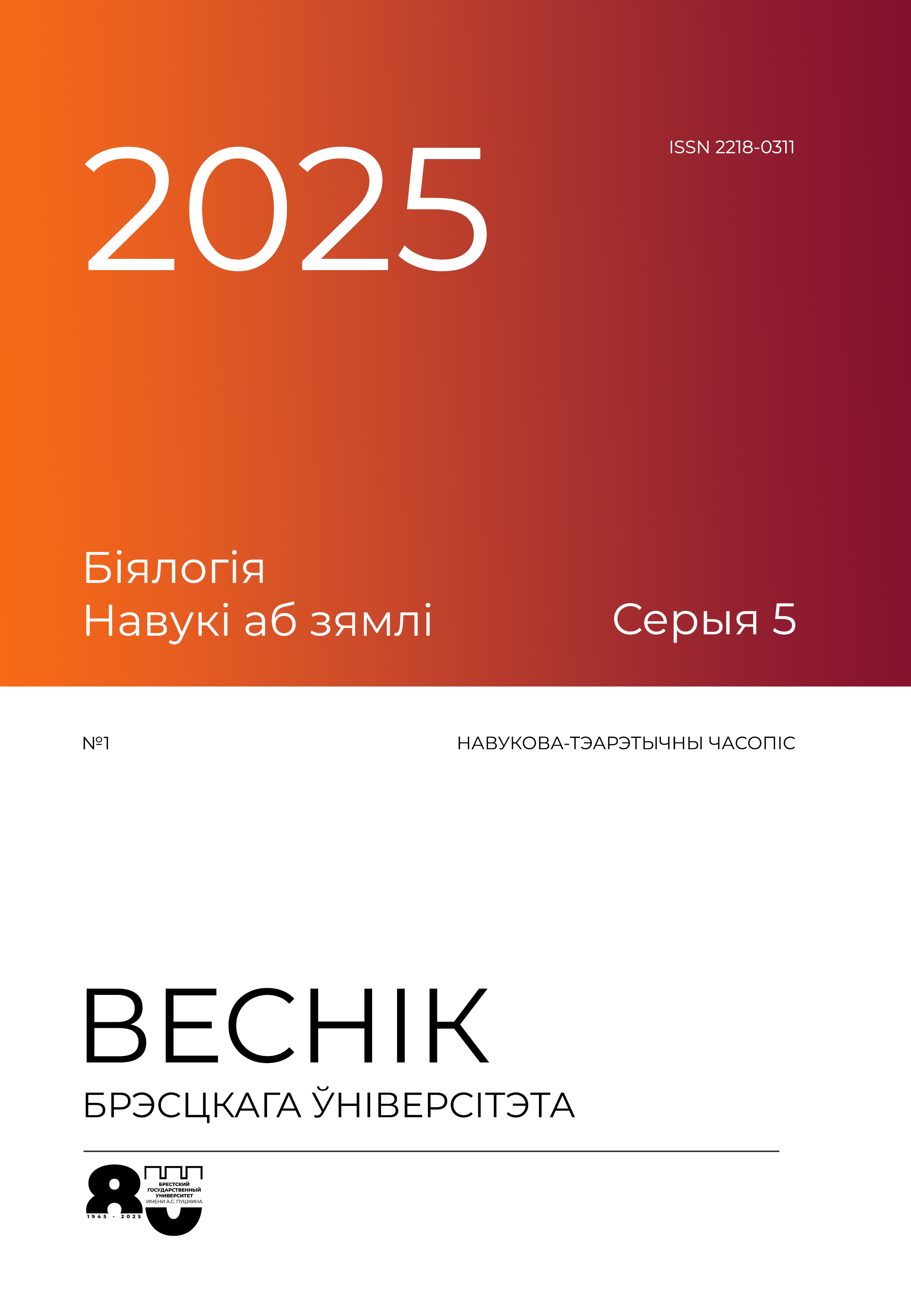HYPO Hypoxia-induced Factor Content in Neurons of the Parietal Cortex and Hippocampus of Rats with Cerebral Ischemia of Various Severity
Main Article Content
Abstract
Cerebral ischemia, including strokes, is one of the leading causes of disability and death in the world.
Despite advances in medicine, many cases of cerebral ischemia remain undiagnosed or misdiagnosed. This highlights the need to study the mechanisms associated with hypoxia and develop new therapeutic approaches for the treatment of strokes and other diseases associated with insufficient blood supply. Adaptation to ischemic conditions is represented by an increase in the production of induced factor 1-α in neurons of the brain.
Its expression increases with a decrease in the amount of oxygen in the blood. In this study, the content of hypoxia-induced factor 1-α in neurons of the parietal cortex and hippocampus of rats with cerebral ischemia of varying severity was assessed.
Article Details
References
1. Беленичев, И. Ф. Нейропротекция и нейропластичность: монография. / И. Ф. Беленичев // «Полиграф плюс». – 2014. – 512 с.
2. Бонь, Е. И. Способы моделирования и морфофункциональные маркеры ишемии головного мозга / Е. И. Бонь, Н. Е. Максимович // Биомедицина. – 2018. – № 2. – 59–71 с.
3. Бонь, Е. И. Сравнительный анализ морфологических нарушений нейронов теменной коры и гиппокампа крыс при различных видах экспериментальной ишемии головного мозга / Е. И. Бонь, Н. Е. Максимович // Оренбургский медицинский вестник. – 2021. – № 2. – 29–36 с.
4. Коржевский, Д. Э. Иммуногистохимическое исследование головного мозга / Д.Э. Коржевский, Е.Г. Гилерович, О.В. Кирик // Санкт-Петербург: СпецЛит. – 2016. – 143 с.
5. Максимович, Н. Е. Головной мозг крысы и его реакция на ишемию: монография. / Н. Е. Максимович, Е. И. Бонь, С. М. Зиматкин // Гродно: ГрГМУ. – 2020. – 240 с.
6. Clemens, J. A. Cerebral ischemia: gene activation, neuronal injury, and the protective role of antioxidants / J.A. Clemens // Free Radic. Biol. Med. – 2000. – V. 28. – 1526–1531 p.
7. Maksimovich, N. Ye. The role of hypoxia-induced factor in cell metabolism / N. Ye. Maksimovich, E.I. Bon, I. K. Dremza // Clinical Reviews and Case Reports. – Vol. 2, № 1. – Р. 1–5.
8. Hypoxia of the brain and mechanisms of its development / E.I. Bon [et al.] // J. Clinical Research and Reports. – Vol. 13, № 14. – 1–5 p.
9. Aquaporin 4 in Traumatic Brain Injury: From Molecular Pathways to Therapeutic Target / E. Dadgostar [et al.] // Neurochem Res. – 2022. – 860–871 c.
10. Vatte, S HIF-1, an important regulator in potential new therapeutic approaches to ischemic stroke / S. Vatte, R. Ugale // Neurochem Int. – 2023. – 5605 c.
11. Dexmedetomidine ameliorates acute brain injury induced by myocardial ischemia-reperfusion via upregulating the HIF-1 pathway / X. Yang [et al.] // Shock. – 2023. – 83 c.
12. HIF-1: structure, biology and natural modulators / C. Yang [et al.] // Chin J Nat Med. – 2021. – 521–527 c.
13. Cardamonin attenuates cerebral ischemia/reperfusion injury by activating the HIF-1α/VEGFA pathway / H. Ni [et al.] // Phytother Res. – 2022. – 404 c.
14. Li, G Effects of Hypoxia-Inducible Factor 1 (HIF-1) Signaling Pathway on Acute Ischemic Stroke / G. Li, L. Tao, H. Wu // Comput Math Methods Med. – 2022. – 6786 c.
15. Pericyte, but not astrocyte, hypoxia inducible factor-1 (HIF-1) drives hypoxia-induced vascular permeability in vivo / J. Baumann [et al.] // Fluids Barriers CNS. – 2022. – 6 c.
